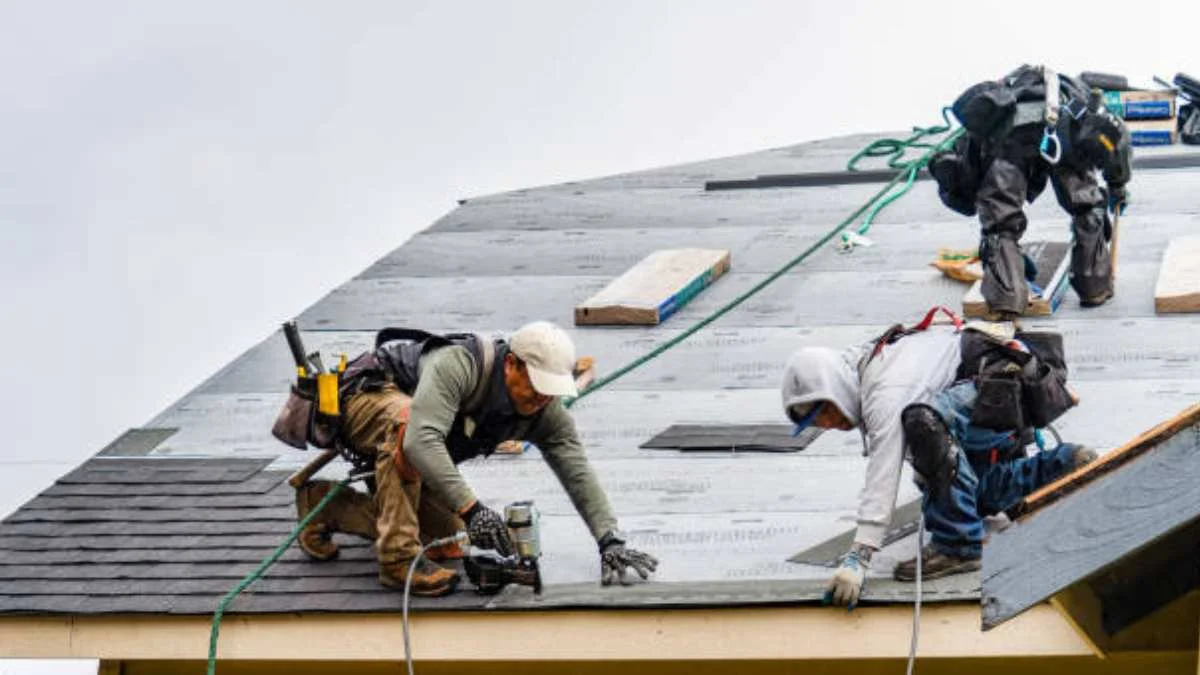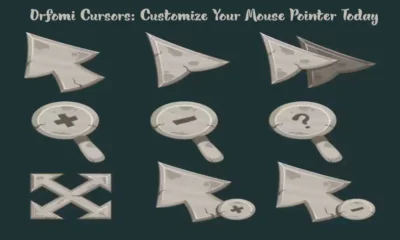HOME IMPROVEMENT
When to Replace Your Roof: 7 Warning Signs You Can’t Ignore

Your roof silently protects your home from rain, snow, wind, and scorching sun every single day. Yet most homeowners rarely think about this critical component until something goes wrong. By the time water starts dripping into your living room or shingles begin falling into your yard, you’re likely facing an emergency that could have been prevented.
Recognizing when your roof needs replacement isn’t always straightforward. Unlike a broken appliance or a cracked window, roof problems often develop gradually and hide beneath the surface. Understanding the key warning signs can help you make informed decisions about roof replacement, potentially saving you thousands of dollars in water damage and emergency repairs.
This guide will walk you through seven clear indicators that your roof may need replacement, what factors influence the timing of this major home improvement project, and how to approach this significant investment strategically.
Table of Contents
Understanding Roof Lifespan and Materials
Before diving into warning signs, it helps to understand how long different roofing materials typically last. Asphalt shingles, the most common residential roofing material, generally last 20-25 years. Metal roofs can serve your home for 40-70 years, while slate and tile roofs may last a century or more with proper maintenance.
However, these timeframes assume ideal conditions. Severe weather, poor installation, inadequate ventilation, and lack of maintenance can significantly shorten your roof’s lifespan. Even high-quality materials won’t reach their expected lifespan if they’re not properly installed or maintained.
Age: The Primary Factor in Roof Replacement
If your roof is approaching or has exceeded its expected lifespan, replacement should be on your radar regardless of its current appearance. An aging roof becomes increasingly vulnerable to weather damage and may fail suddenly during storms.
Check your home improvement records or ask previous owners about when the roof was last replaced. If you can’t find this information, a roofing contractor can often estimate your roof’s age based on the materials and installation methods used.
Even if an older roof looks acceptable from the ground, it may have underlying issues that aren’t immediately visible. Aging roofs gradually lose their ability to shed water effectively, and their structural components may weaken over time.
Damaged or Missing Shingles Signal Bigger Problems
Individual damaged or missing shingles might seem like minor issues, but they often indicate broader problems with your roof replacement needs. When shingles crack, curl, or blow off entirely, they leave your roof deck exposed to moisture infiltration.
Look for shingles that appear warped, cracked, or have lost significant amounts of granules. Granule loss is particularly concerning because these small particles protect the underlying asphalt from UV damage. Shingles that look smooth or have dark streaks may be nearing the end of their useful life.
Missing shingles create immediate vulnerabilities in your roof system. Water can penetrate through these gaps, leading to rot in the roof deck and structural damage that extends far beyond the roofing materials themselves.
Water Damage and Leaks Require Immediate Attention
Water stains on your ceilings or walls are clear indicators that your roof isn’t performing its primary function. Even small leaks can cause extensive damage over time, leading to mold growth, structural rot, and damaged insulation.
Don’t assume that patching visible leaks will solve the problem. Water often travels along roof decking and structural members before dripping into your living space, meaning the actual source of the leak may be far from where you notice the damage.
Inspect your attic regularly for signs of water infiltration. Look for dark stains on the roof decking, damp insulation, or actual water dripping during rainstorms. Musty odors in your attic can also indicate moisture problems that haven’t yet become visible leaks.
Granule Loss and Shingle Deterioration
Asphalt shingles are covered with small granules that protect them from UV rays and weather damage. As shingles age, they naturally shed some granules, but excessive granule loss indicates accelerated deterioration.
Check your gutters after rainstorms. Small amounts of granules are normal, but if you’re finding large quantities or if your gutters are consistently full of granular material, your shingles may be approaching the end of their lifespan.
Shingles that have lost most of their granules often appear smooth and may show the underlying asphalt material. These deteriorated shingles become increasingly brittle and vulnerable to cracking and tearing during storms.
Sagging or Structural Issues
A sagging roof indicates serious structural problems that require immediate attention. This condition suggests that the roof decking, supporting beams, or other structural components have been compromised, often due to prolonged moisture exposure.
Sagging is most easily noticed from inside your home. Look up at your ceiling and check for any areas that appear lower than others. From outside, step back and examine your roofline for dips or curves that weren’t there previously.
Structural problems rarely resolve themselves and typically worsen over time. If you notice sagging, contact a roofing professional immediately, as this condition can pose safety risks to your family and property.
Energy Efficiency Concerns
An aging or damaged roof can significantly impact your home’s energy efficiency. Poor ventilation, damaged insulation due to leaks, or inadequate sealing can force your heating and cooling systems to work harder, increasing your utility bills.
If you’ve noticed rising energy costs without changes in your usage patterns, your roof might be contributing to the problem. Modern roofing materials and installation techniques can dramatically improve your home’s energy performance.
Consider roof replacement as an investment in long-term energy savings. New roofing systems with proper ventilation and energy-efficient materials can reduce your monthly utility costs while improving your home’s comfort.
Storm Damage Assessment
Severe weather events can cause immediate damage that necessitates roof replacement, even on relatively new roofs. High winds can lift and tear shingles, while hail can cause impact damage that compromises the entire roof system.
After significant storms, inspect your roof carefully or hire a professional for a comprehensive assessment. Some storm damage isn’t immediately obvious but can lead to accelerated deterioration and leaks over time.
Document any storm damage with photographs and contact your insurance company promptly. Many insurance policies cover roof replacement when damage results from covered weather events, but timely reporting is essential.
Making the Investment Decision
Roof replacement represents a significant financial investment, but delaying necessary replacement often leads to much higher costs. Water damage, structural problems, and emergency repairs during storms can easily exceed the cost of proactive roof replacement.
When evaluating roof replacement, consider the long-term benefits beyond simply stopping leaks. New roofing can improve your home’s value, enhance its curb appeal, and provide decades of reliable protection. Many modern roofing materials also offer improved energy efficiency and storm resistance compared to older systems.
Get multiple quotes from reputable contractors and don’t automatically choose the lowest bid. Quality installation is crucial for maximizing your new roof’s lifespan and performance. Verify that contractors are licensed, insured, and experienced with your chosen roofing materials.
Taking Action for Your Home’s Protection
Roof Replacement is your home’s first line of defense against the elements, and recognizing when it needs replacement can save you from costly emergency repairs and extensive property damage. Regular inspections, attention to warning signs, and proactive maintenance help ensure your roof continues protecting your investment.
If you’ve identified any of these warning signs, don’t wait for problems to worsen. Contact qualified roofing professionals for thorough inspections and honest assessments of your roof’s condition. Early action on roof replacement needs protects your home and often costs less than dealing with the consequences of a failing roof system.
-

 GENERAL5 months ago
GENERAL5 months agoChristofle – For Those Who Dream of Family Heirloom Silver
-

 SPORTS7 months ago
SPORTS7 months agoDiscover the World of Football with Streameast: Watch Your Favorite Leagues and Tournaments
-

 GENERAL4 months ago
GENERAL4 months agoUncovering the World of кинокрадко: The Dark Side of Film Piracy
-

 GENERAL2 months ago
GENERAL2 months agoATFBooru: Anime, Gaming, and Subculture Imageboard




























